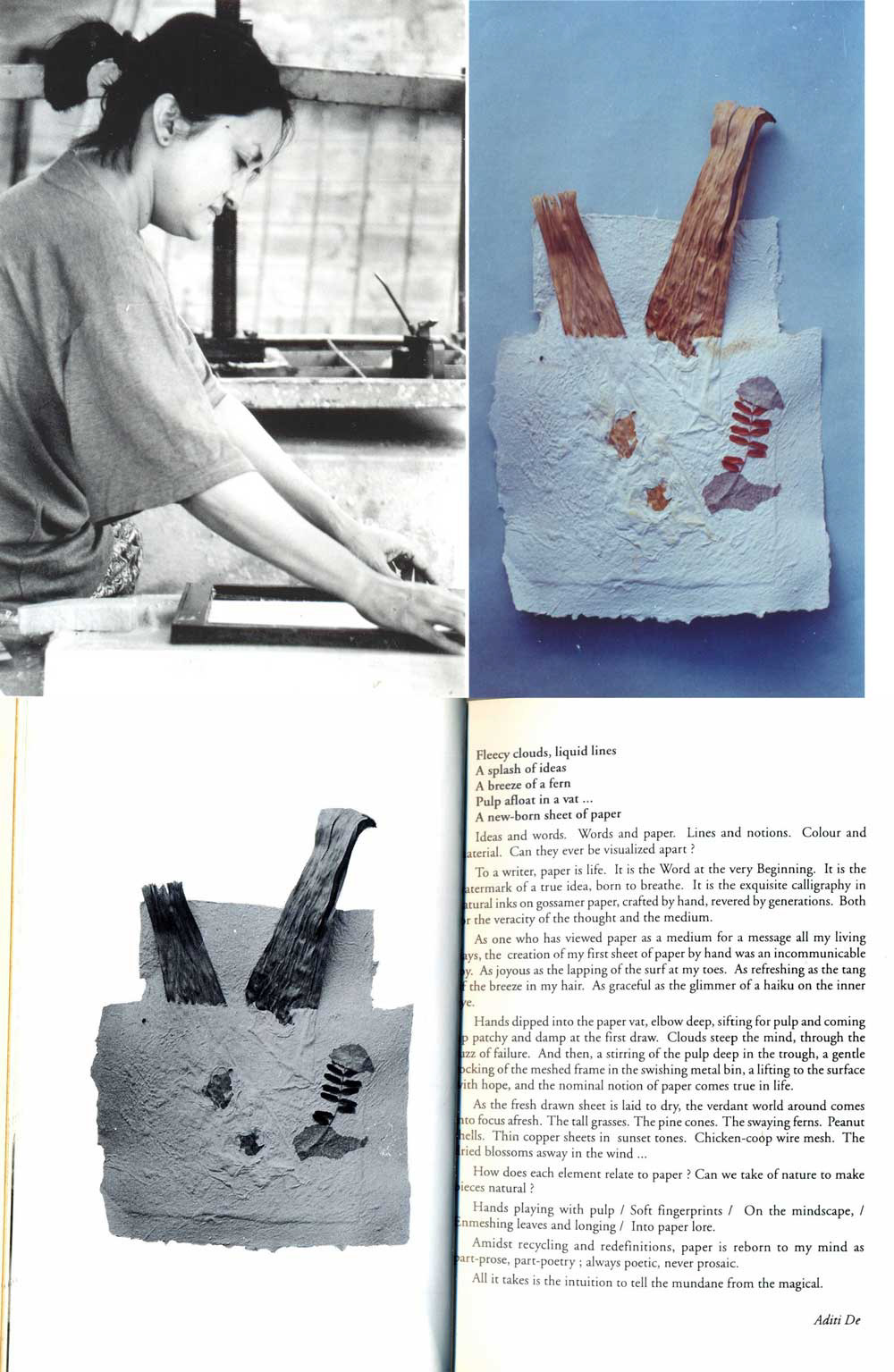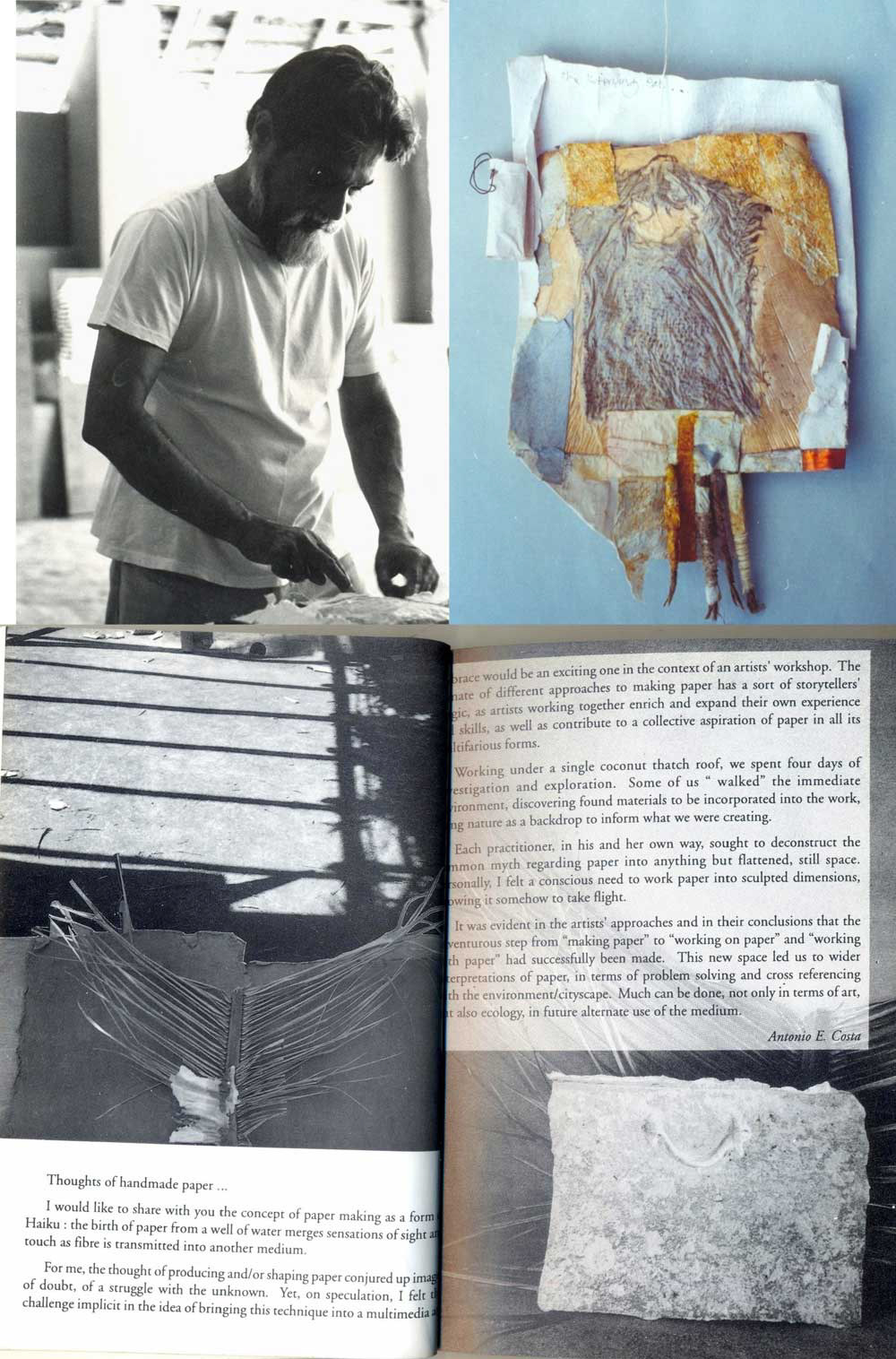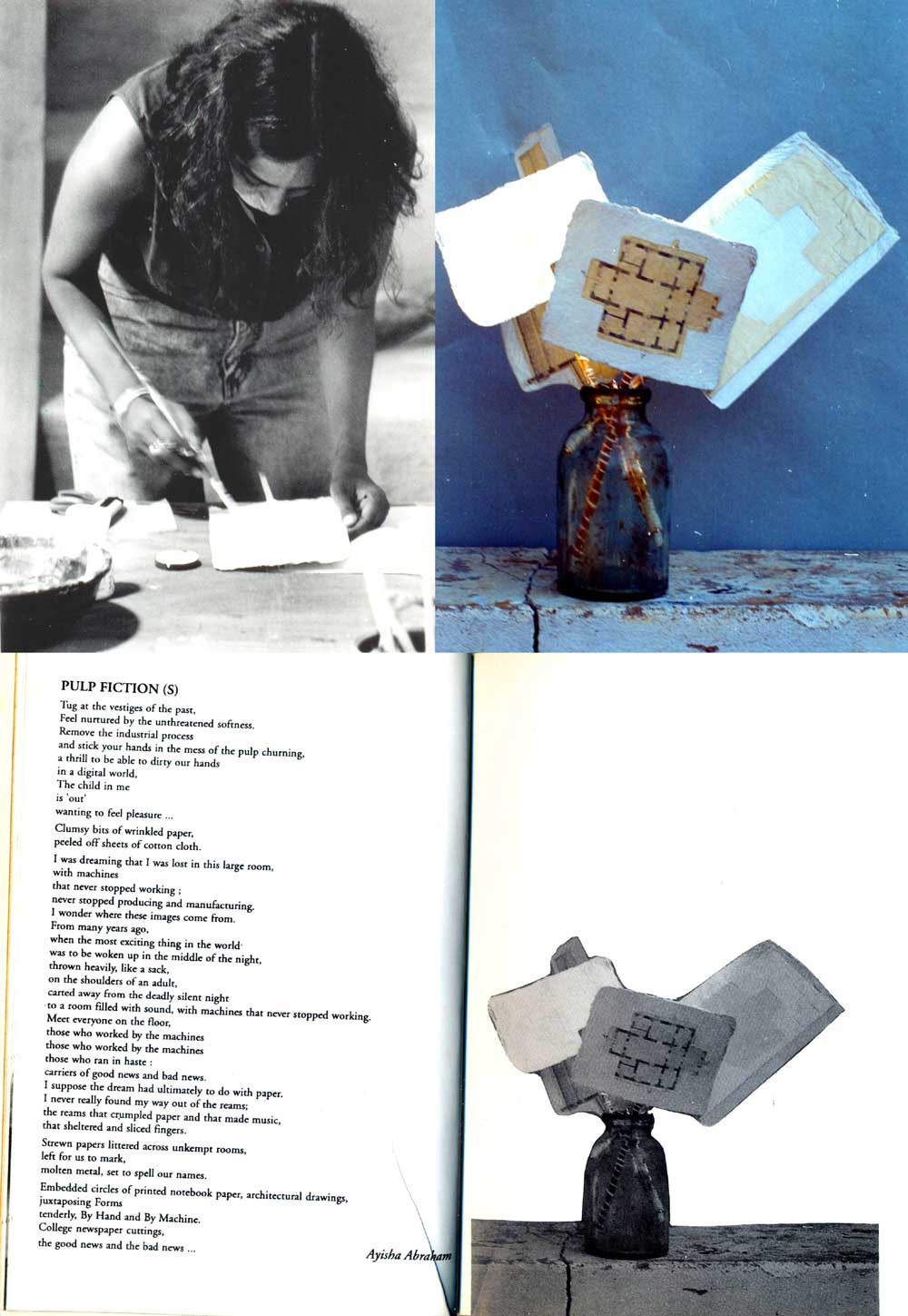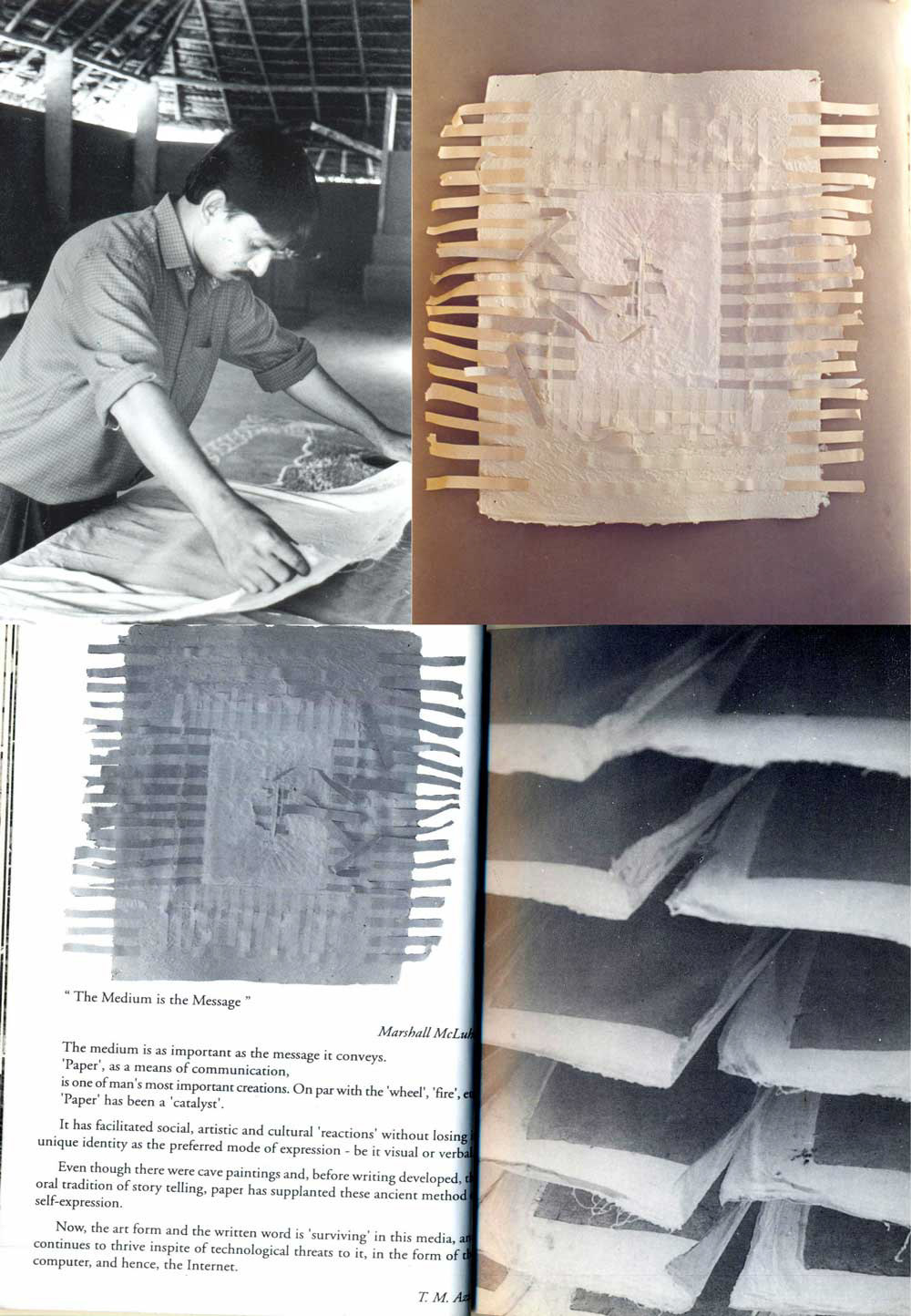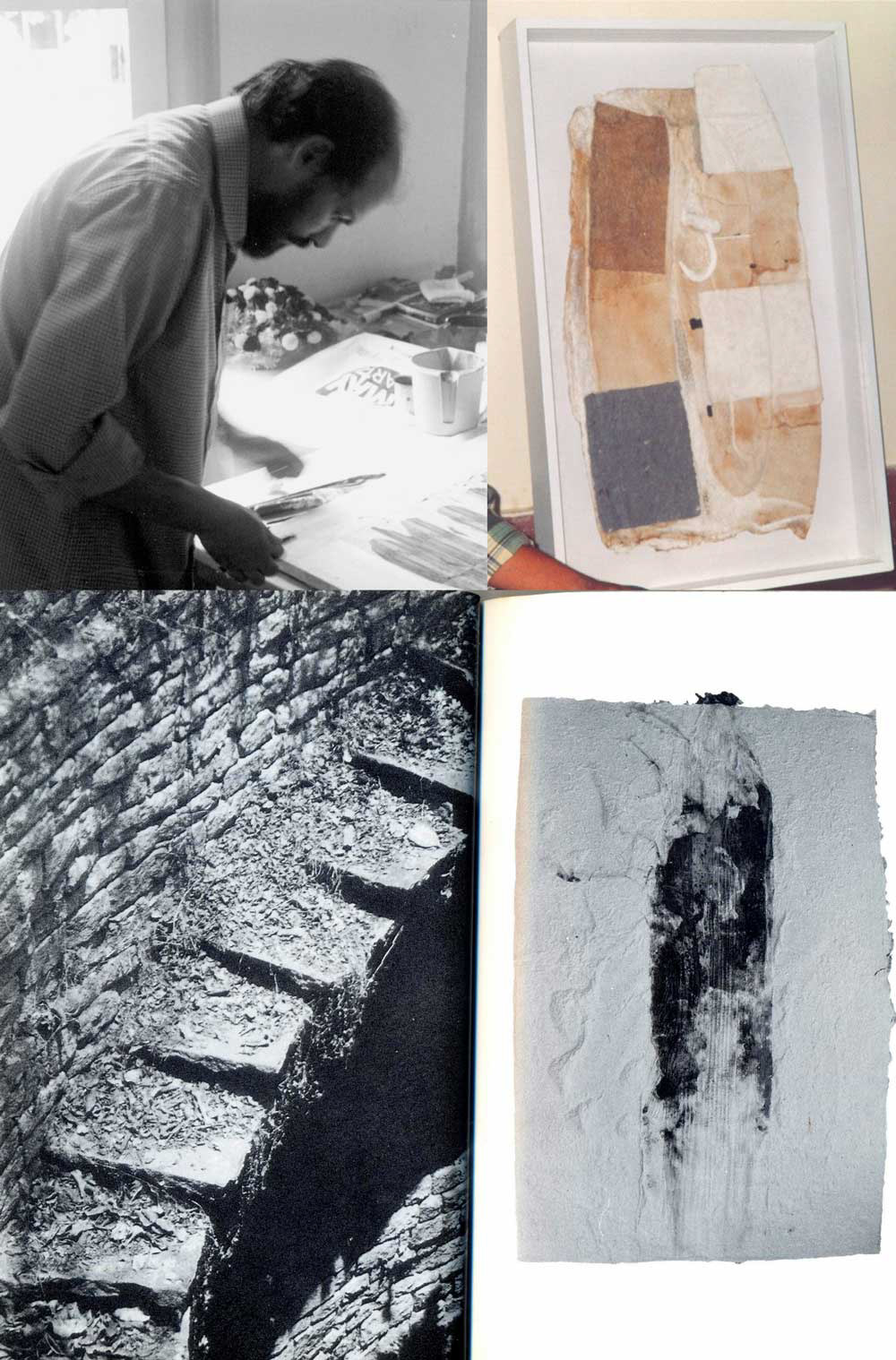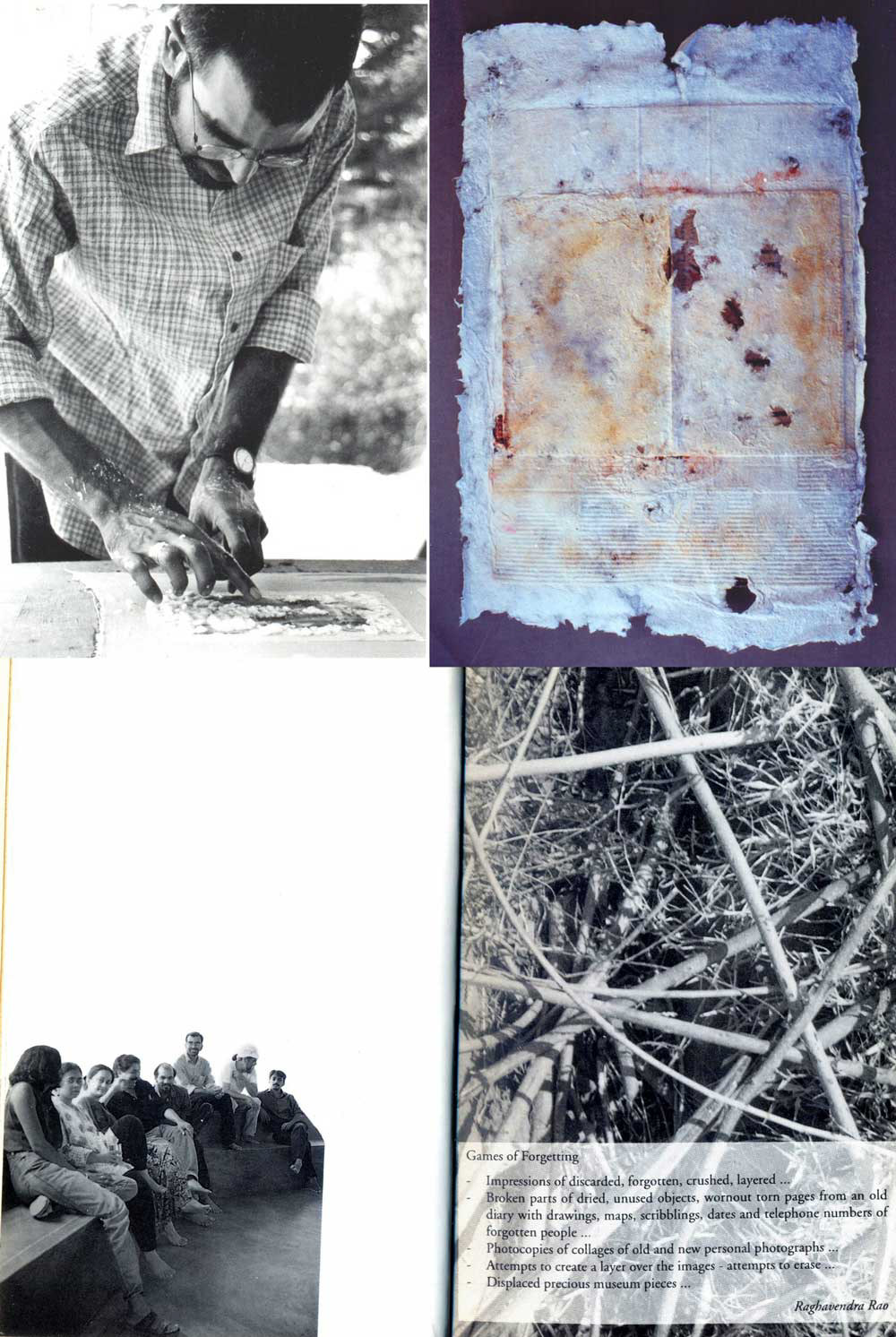An exhibition of material and Art bound like Word and Meaning.
Participating artists: Yusuf Arakkal, Antonio E. Costa, Raghavendra, Azis T. M. Ayisha Abraham, Aditi De, Jenny Pinto and C.F.John
( Exhibition courtesy: Gallery Sumukha; The work book courtesy: Art in craft and gallery Sumukha; Workshop: Visthar Paper making unit, Photography: Shibu Arakkal, Azis T.M. Ayisha Abraham, Anotonio E. Costa.)
Please click on the images to see the credentials.
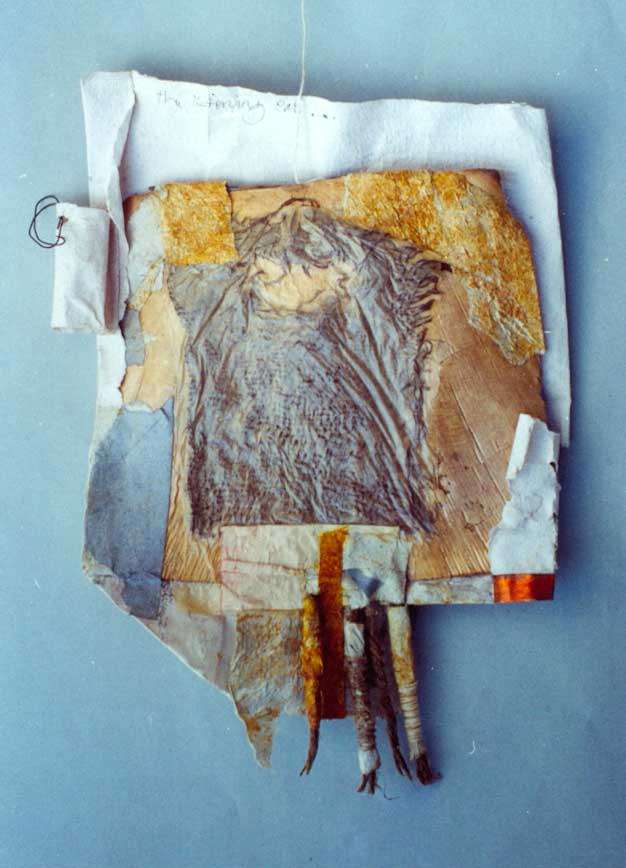
by Antonio E Costa
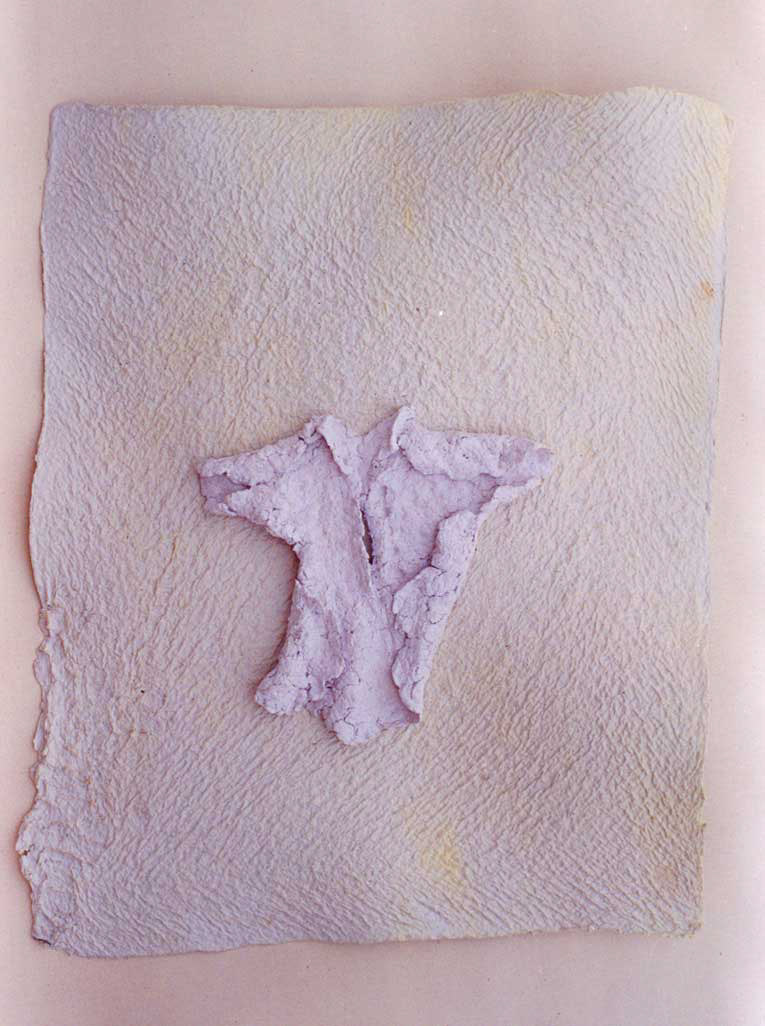
by Yusuf Arakkal
Closely bound like word and meaning are paper and art
Paper has fascinated human kind now for over thousand years. Today paper has been reduced to a mere medium/ tool to write, print, wrap… and have shed its halo. Goats and cows on streets are trying their survival on it now. Over a thousand years ago ‘the Arabs wrote on the shoulder blades of the camel and on. Likhaf, which are thin white stones, the Chinese on Chinese paper made of Hashish (hemp), and Indians on brass and stone, also on white silk’. The earliest date from which cloth was used for writing is unknown, but yarn found in the ruins of Mohenjodaro goes back almost five thousand years. The most common writing material used by Buddhists, Jains and Hindus was leaves from the tailpot and palmyrah trees. The use of this material for writing goes back to at least the 6th century B.C.
A suitable surface to write with brush and for wood cut block printing was developed from vegetable fibers first in China in the beginning of the first millenium. In a war with the Chinese along the Banks of River Talas in July 751 Arabs got the secret of paper making from the Chinese. Subsequently, early mills were established by Chinese prisoners in Samarkand in Central Asia, resulting in the rapid spread of the craft away from its Chinese havens.
From the beginning the paper was primarily used to express a spiritual and artistic world. The very command of the prophet called for paper,‘He who writes the bismillah well will enter paradise without difficulty’. Koran describes God as HE ‘who taught man by the pen’ and further the very first thing created by God was the alif, the introductory letter of the Arab alphabet- not drawn by a pen, but the very pen itself. For the Hindus - first and foremost, it is Sound. The unstruck sound - anahad shabd and the unfathomable ‘Om’ were at the heart of creation. The earth itself is the sound. Sound shelter meaning. For Christians the Word was in the beginning . ‘The word was God’. For Buddhists, Jains and Hindus in India though the texts were passed one generation to the next by word of mouth, soon necessitated the use of writing material.
Along the religious/ spiritual pursuit art found its expressions on paper. Earlier paintings on paper used minimal lines and colours retaining the graceful natural hues of the paper/ material. Here the paper enhanced the painting. As a temple sculpture sets forth the stone and stone, the sculpture. ‘The art opens up and exhibits a dimension of reality, a deeper dimension Heidegger calls the ‘ Being of beings’. What mattered was not ‘what a thing is’ but rather ‘that it is’.
Paper has become so common in our daily life – so taken for granted. A predicted set of usefulness are presented and seldom we think beyond it. We take it in hand in an impersonal manner as we pass a watchman at a gate.
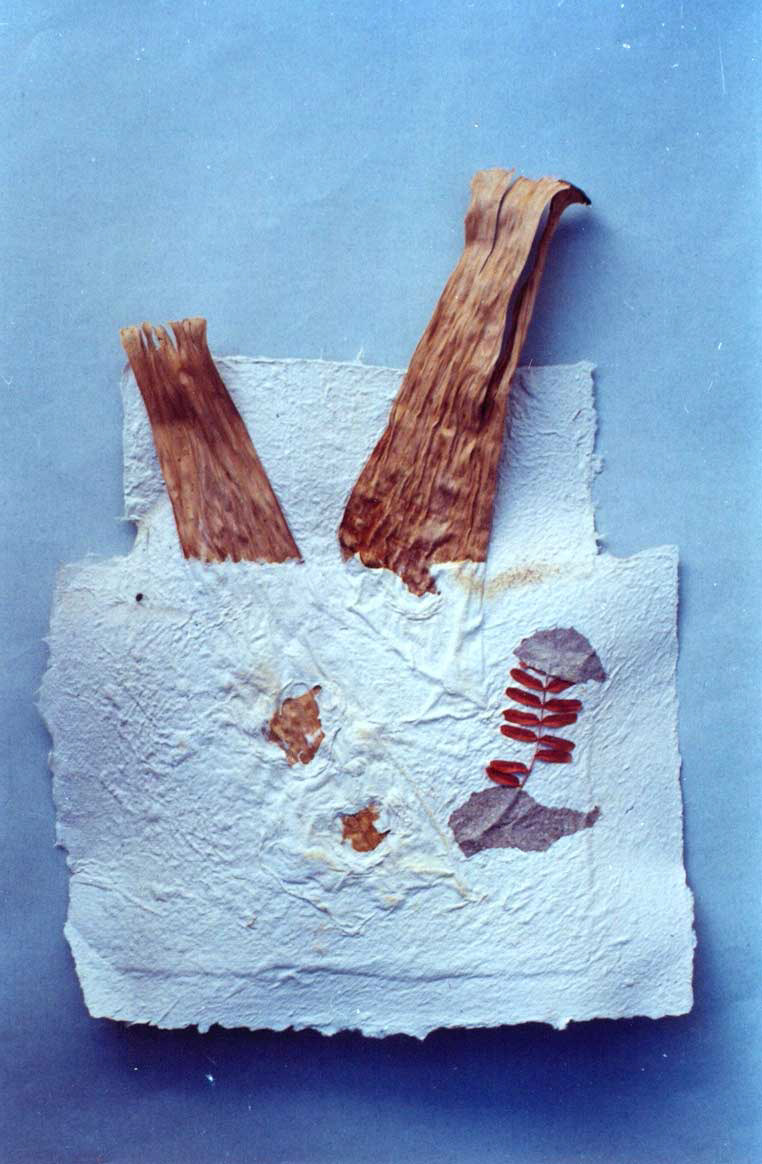
by Aditi De
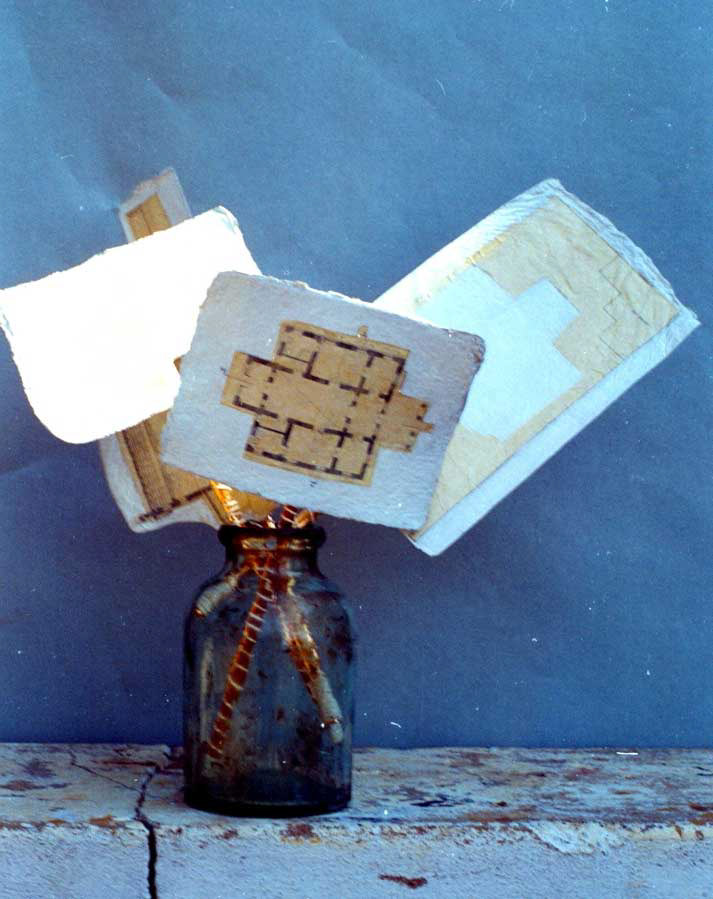
By Aisha Abraham
But once you try your hand in making a sheet of paper, a new world opens up for you. A magical world of fibre. You will find yourself beginning to weave with it. Your hand will start betraying your ego and a rationally constructed world. You may be an ‘artist’ or ‘non artist’ the paper will weave you alike in elements.
“As one who has viewed paper as a medium for a message all my living days, the creation of my first sheet of paper by hand was an incommunicable joy. As joyous as the lapping of the surf at my toes. As refreshing as the tang of the breeze in my hair. As graceful as the glimmer of a haiku on the inner eye.
Hands dipped into the paper vat, elbow deep, sifting for pulp and coming up patchy and damp at the first draw. Clouds steep the mind, through the fuzz of failure. And then, a stirring of the pulp deep in the trough, a gentle rocking of the meshed frame in the swishing metal bin, a lifting to the surface with hope, and the nominal notion of paper comes true in life.
Amidst recycling and redefinition, paper is reborn to my mind as part-prose, part-poetry; always poetic, never prosaic.
All it takes is the intuition to tell the mundane from the magical.” - Aditi De on the experience of making paper.
“As a working surface paper has been accepted and some what taken for granted. When paper itself offers an extension of one’s creative expression, it opens up several avenues of exploration” says Yusuf Arakkal. For Jenny Pinto each sheet which is made help illuminate the inscape. ‘To explore’ hand made paper has been for me a journey in words. Each new sheet I make I hold up against the sky and let the sunshine through, I see no neutral spaces.
C.F.JOHN
______________________________________________
References:
Alexandra Soteriou, Gift of Conquerors - Handmade Paper Making in India.
Bernard Toale, The Art of Paper Making.
S. Kappen, Art and Social Consciousness
Paper trail work book
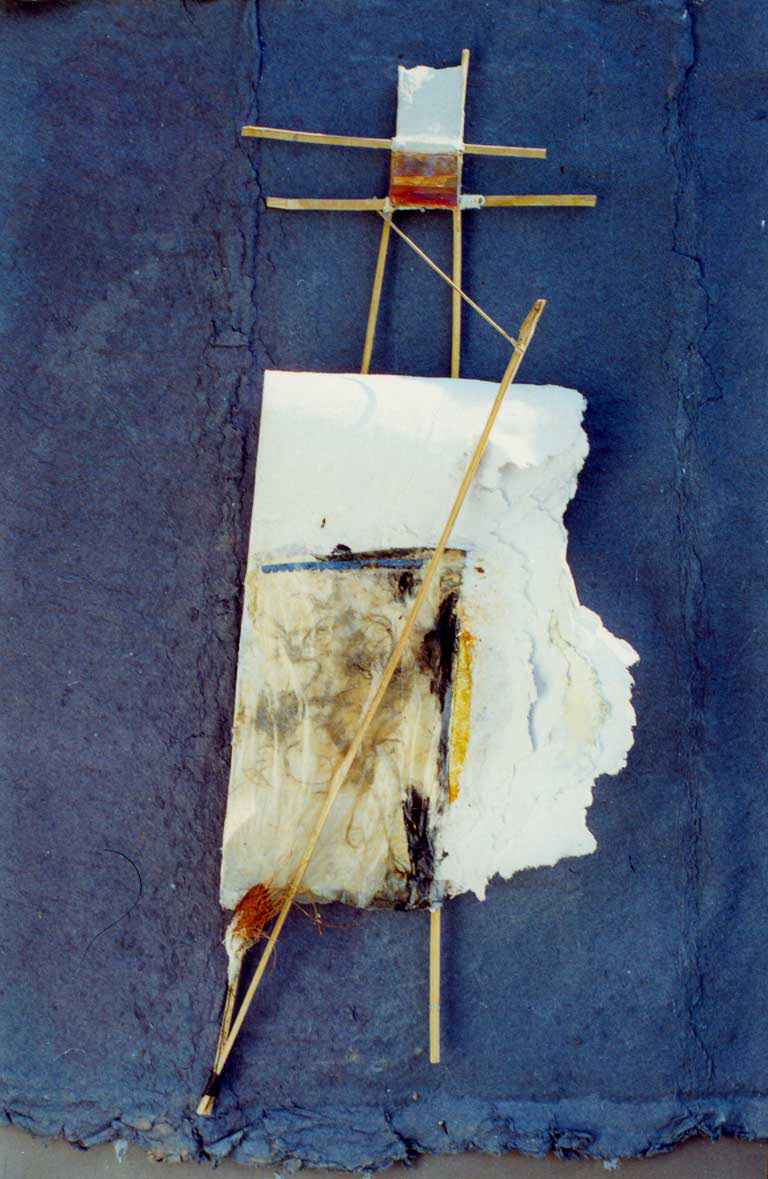
by Antonio E Costa
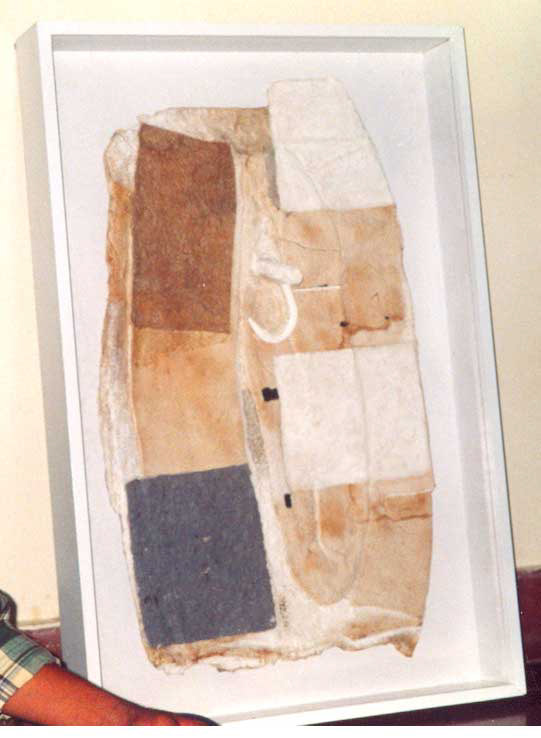
by C F John
The workshop was organized at the hand made paper unit in Visthar and the works exhibited at Chitra kala Parishat. Artist initially spent a week together at Visthar campus, after that they continued to work from each one’s studio.
Today by and large the paper and the like materials are used merely as medium/ tool to print, write, wrap and so on, where the paper effaces itself in being subservient to mere usefulness.
"In the work of art on the contrary, that of which it is made the earthy component, unveils itself in all the splendor of its Being. The work of art sets itself back into the material – colour and paper in the case of painting; wood , stone and mud in the case of sculpture and architecture; tone in regard to music and sound in regard to poetry." (S.Kappen)
Pursuit of material in art once again is of keen interest among contemporary Indian artists since few years. Reasons may be varied, regardless of the reasons the aura of specific organic material inspire and absorb both artists and sahrdaya alike. Among varied materials paper has been an important material for the artist.
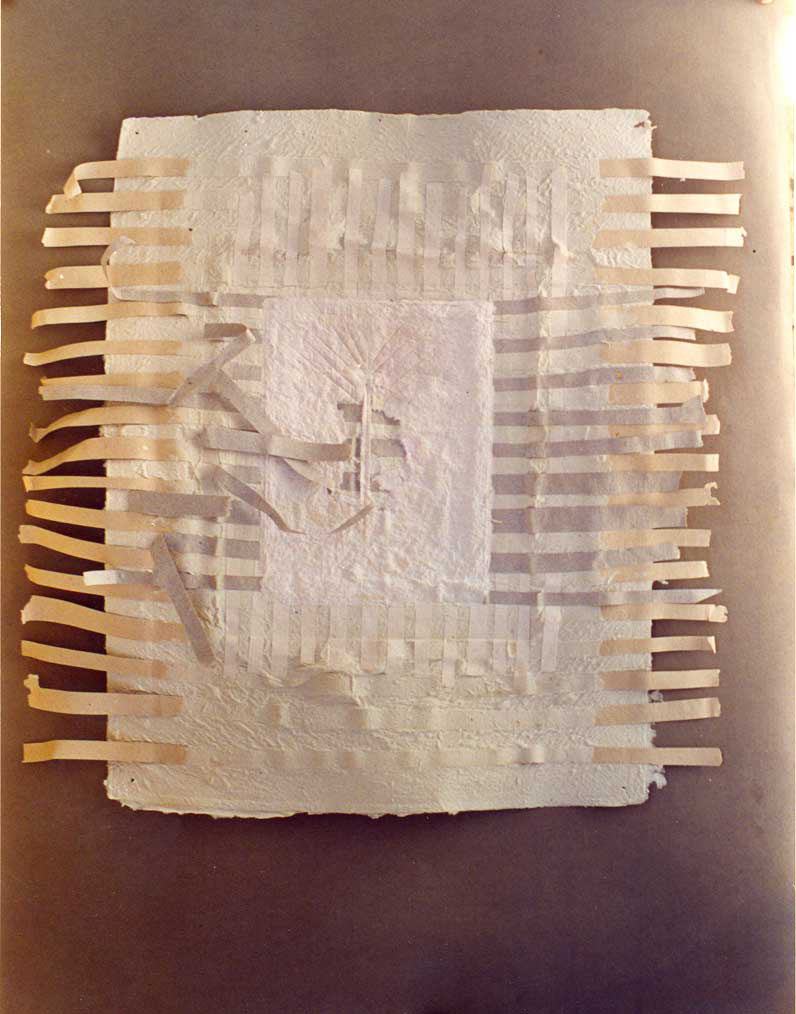
by Azim TM
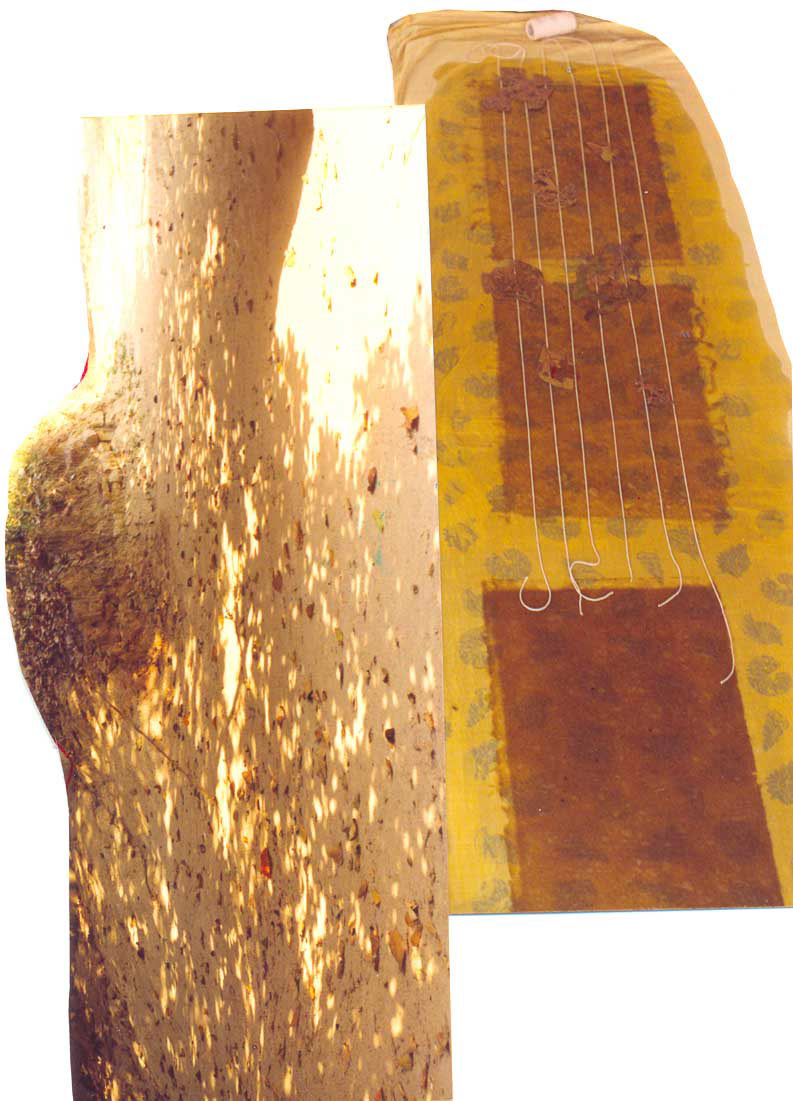
by Jenny Pinto
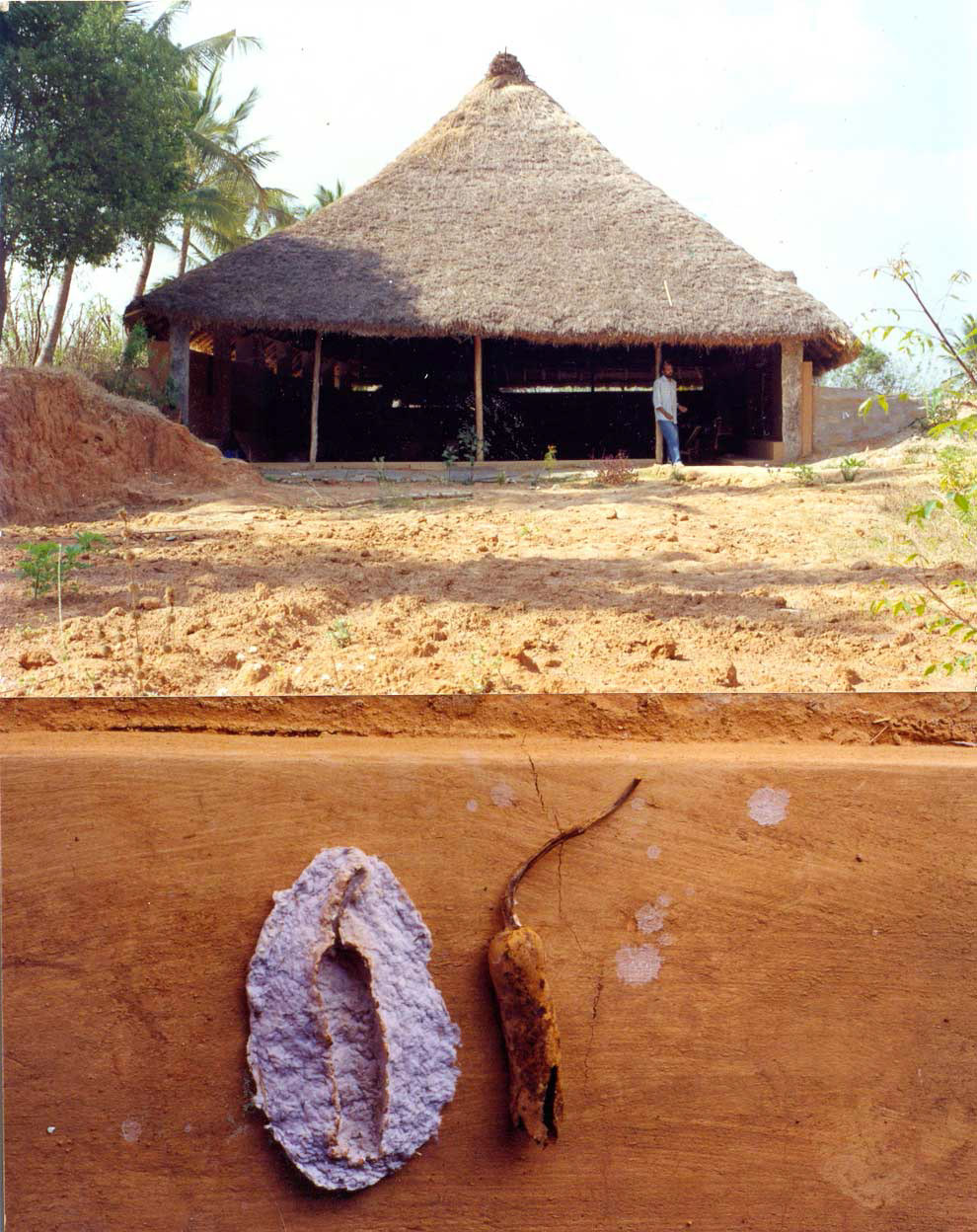
By Raghavendra Rao
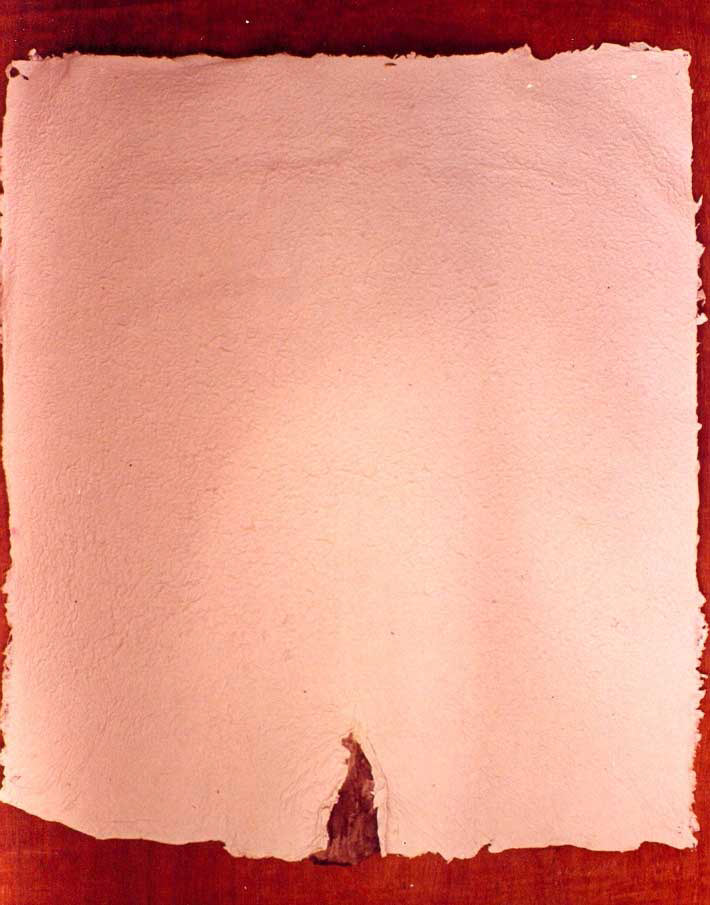
Azim T M
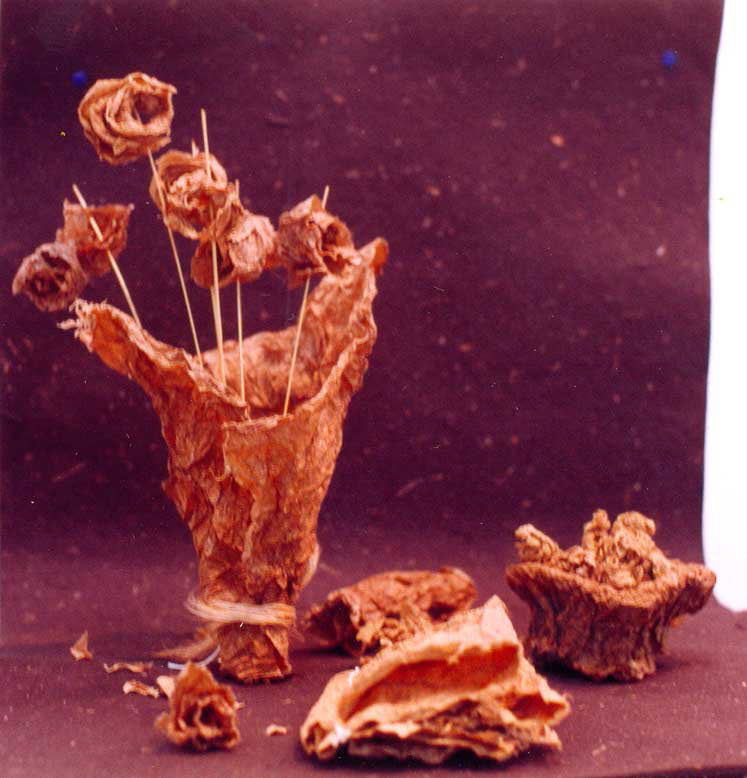
Jenny Pinto
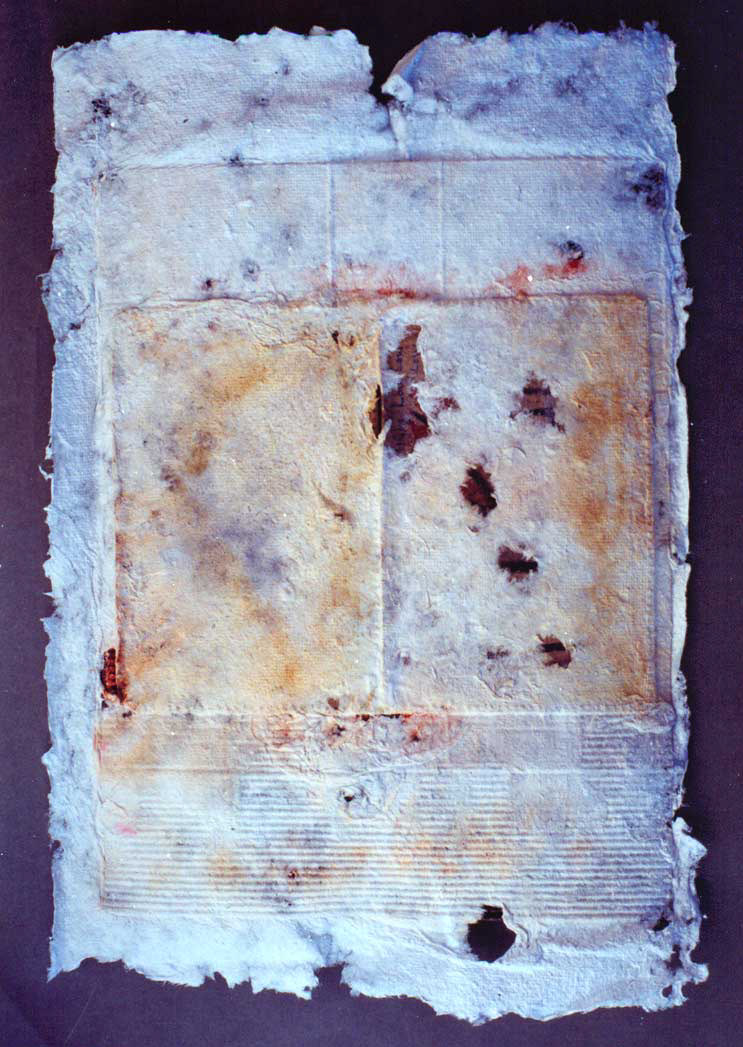
Raghuvendra Rao
The workshop was all about the environment and how we are placed within it, our need to return to it… We need to celebrate true organic materials here. That’s when the magic of the materials comes true to us. It’s basic truth, and one I wanted to explore. This is not merely nostalgia. It is a basic question of identity. We have to start realizing ourselves.
Once you try your hand in making a sheet of paper , a new world opens up for you, a magical world of fibre. You will find yourself beginning to weave with it. Your hand will start betraying your ego and a rationally constructed world. You may be an artist or non artist the paper will weave you alike in elements.
In this unique workshop, attempts were made to look at material as an indivisible component of making art, with material and art bound as word and meaning, with special attention to paper. During the workshop we made paper, worked on paper and worked with paper.
C.F.John
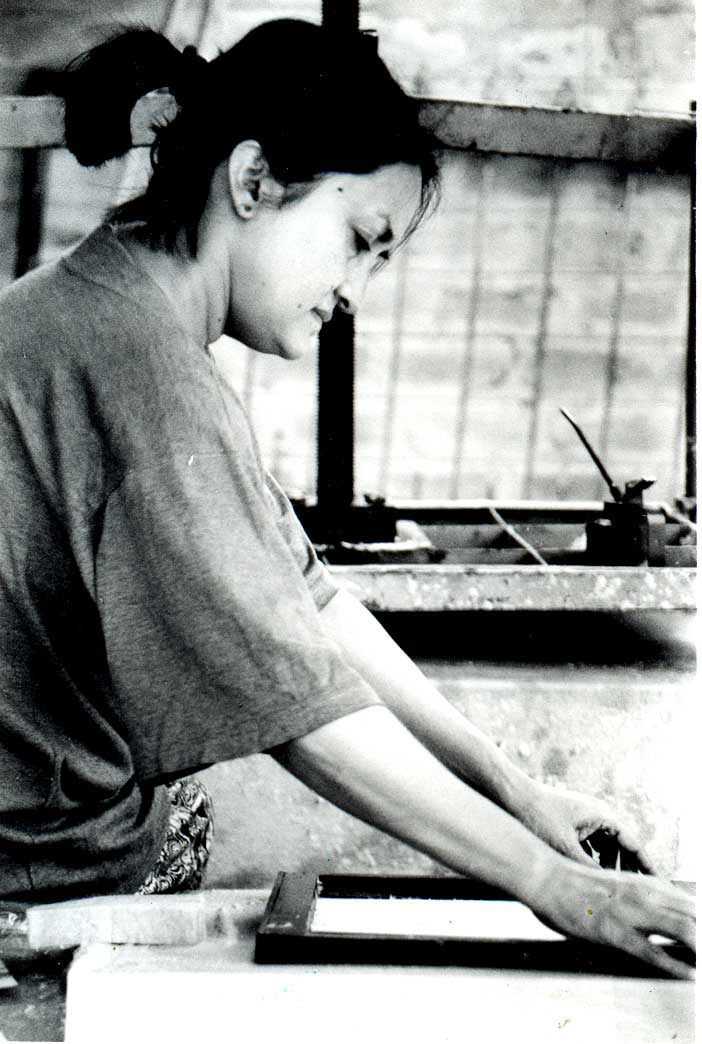
Aditi De
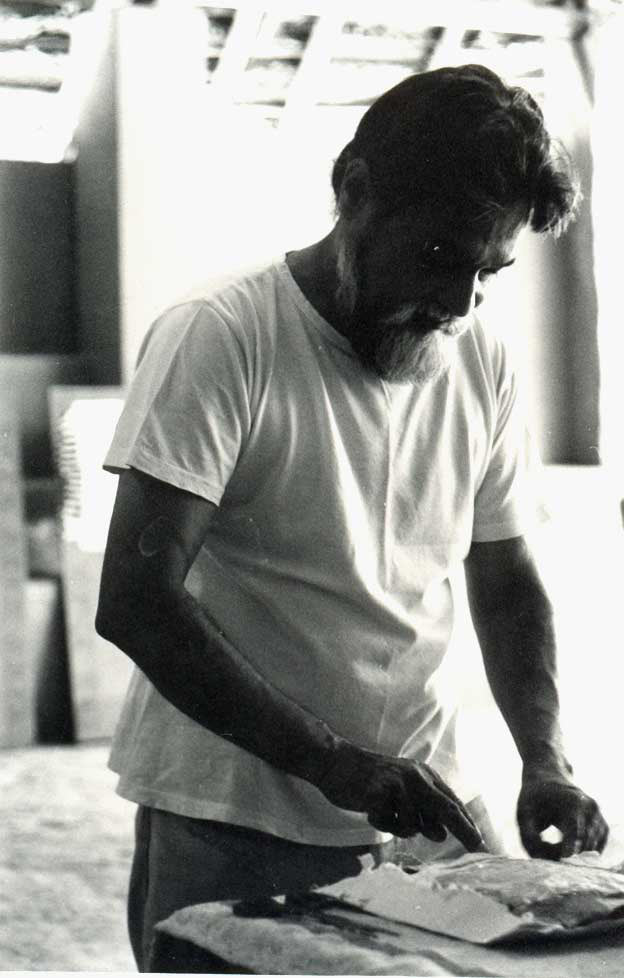
Antonio E Costa
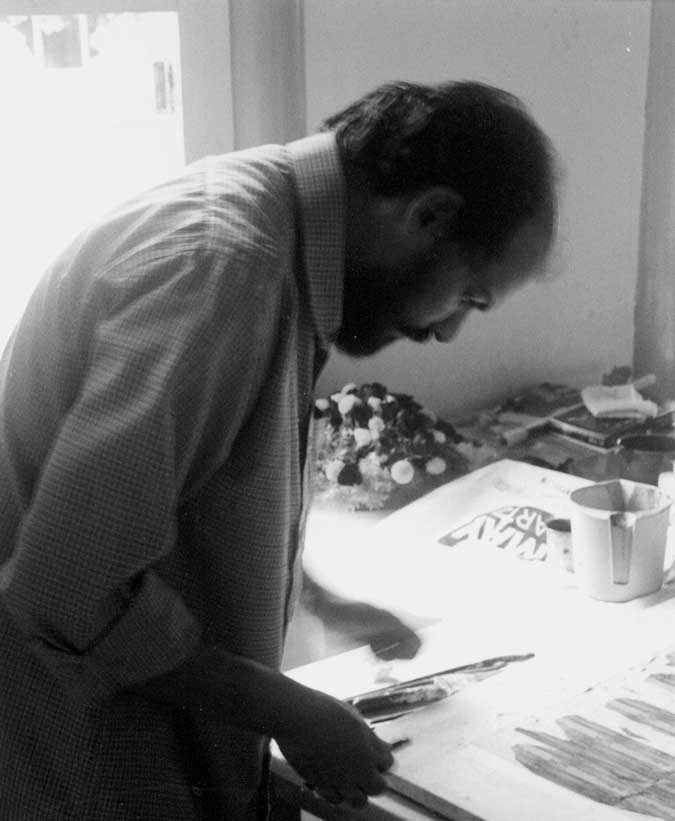
C F John
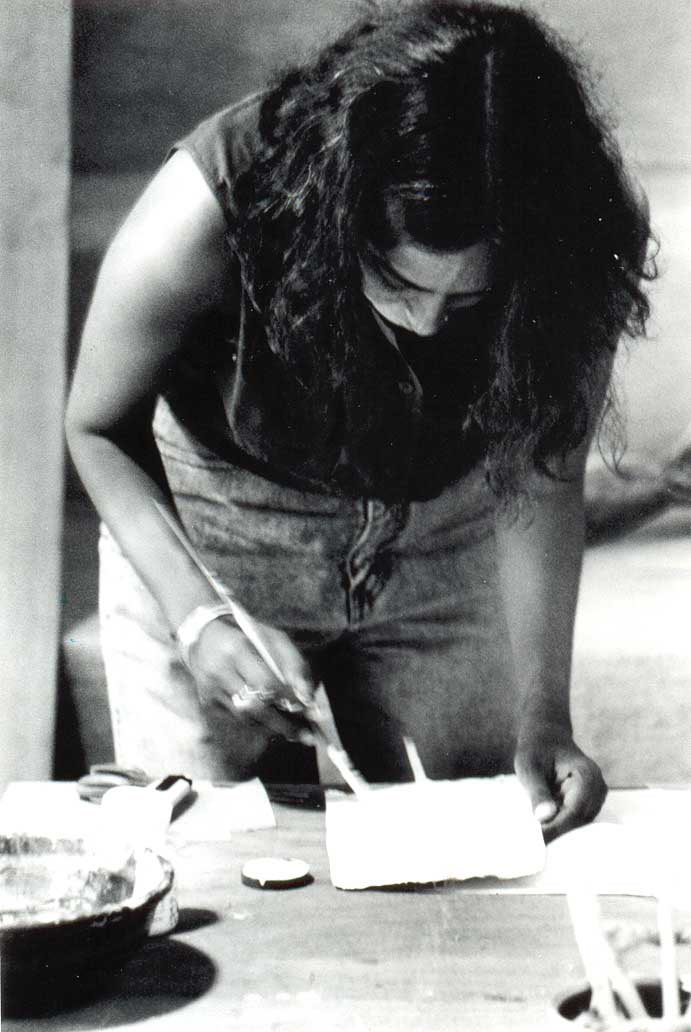
Aisha Abraham
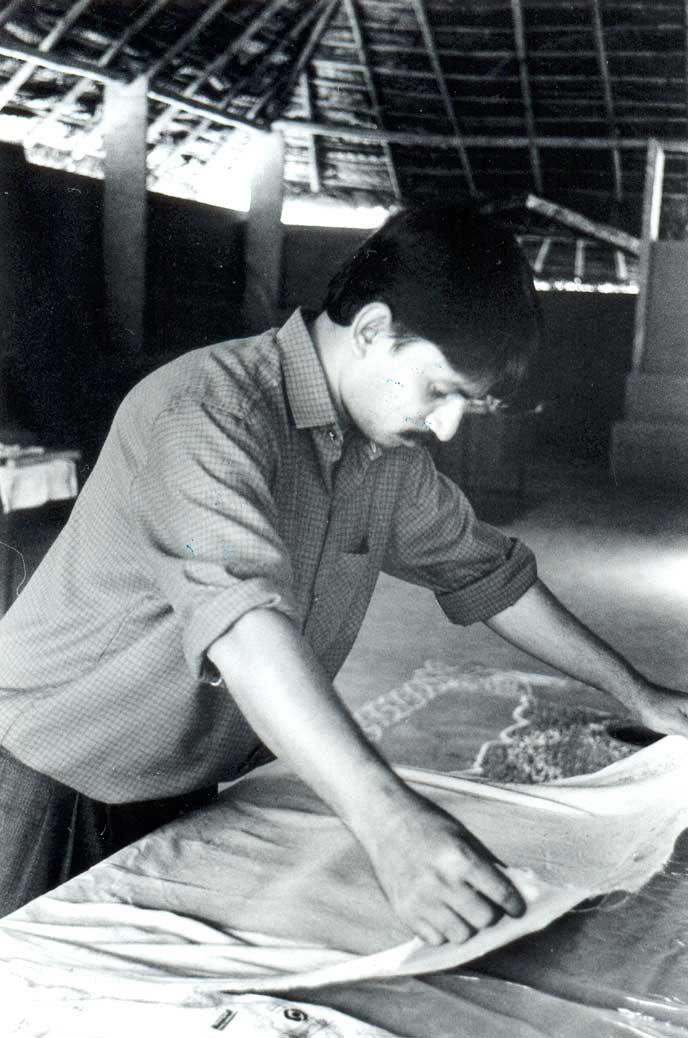
Azis TM
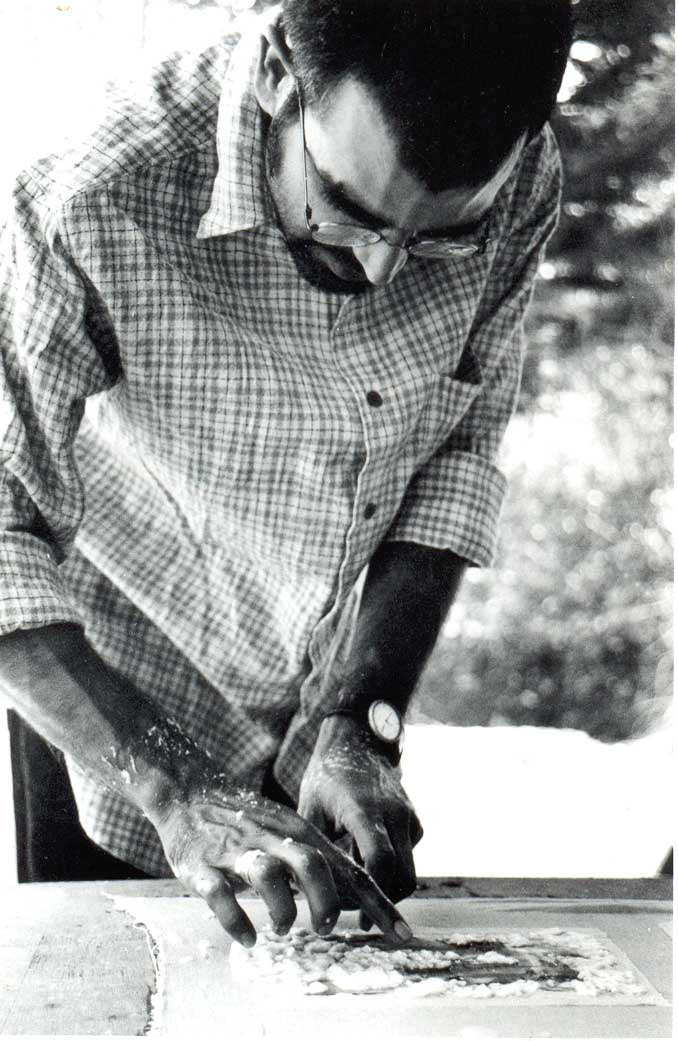
Raghavendra Rao
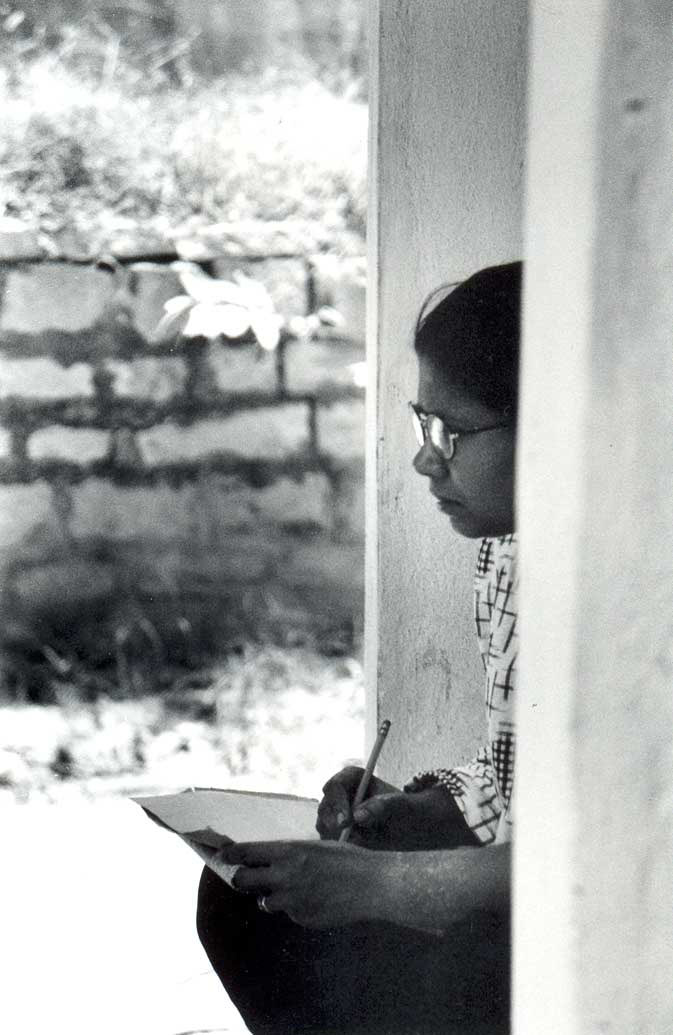
Jenny Pinto
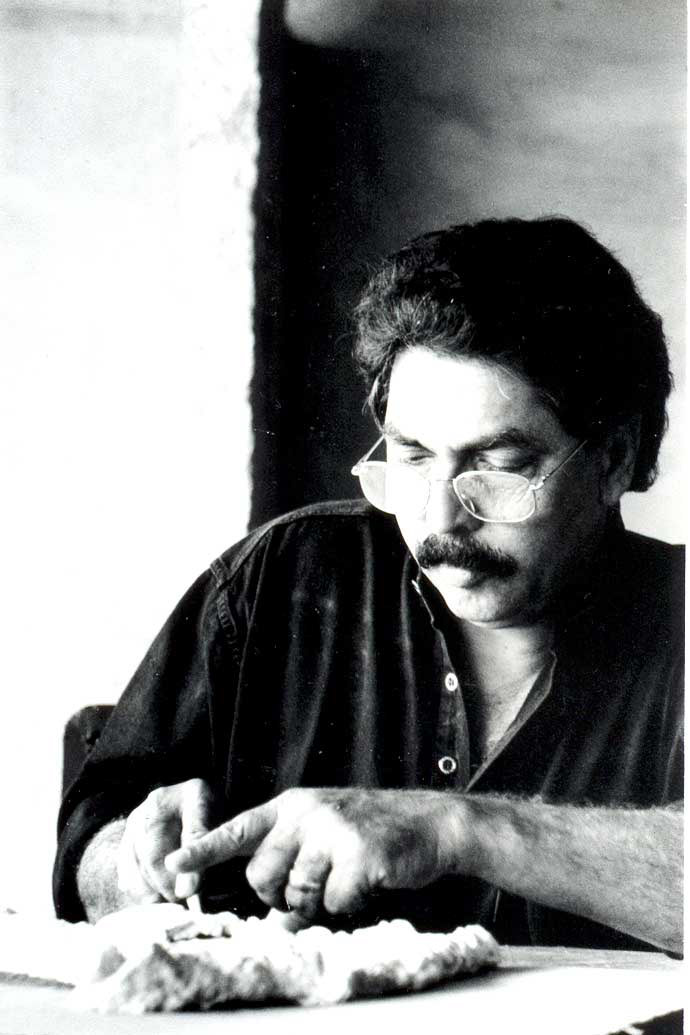
Yusuf Arakkal
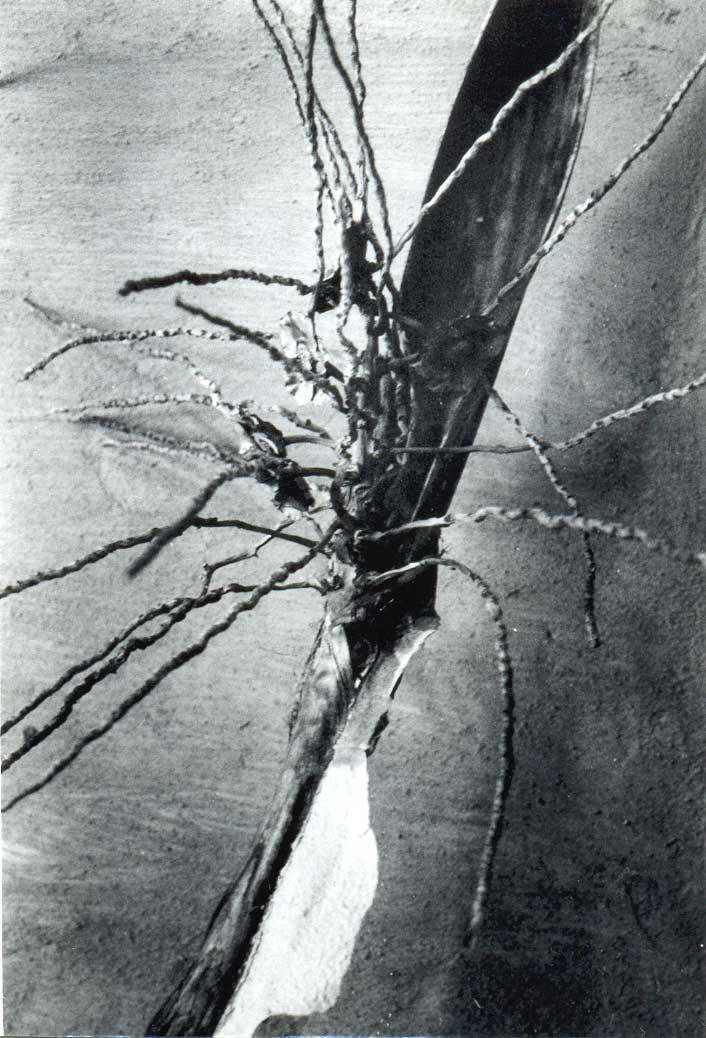
by Aditi de
